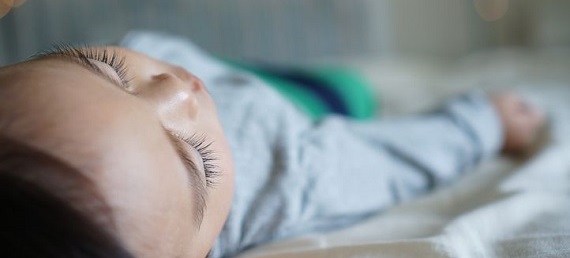You spend about one-third of your life asleep, but what does this really mean?
Most of us are clueless about what happens during shut-eye, but it`s not the passive, do-nothing state you might imagine it to be. Sleep is a highly complex biological process that is necessary for your survival. Learn more about what happens while you sleep to have a better appreciation for the next time you crawl underneath the covers.
An Active Process
Not all sleep was created equal. Sleep is a dynamic process rather than a static process, causing changes in your body`s organs, including the brain. It occurs in two main stages: non-rapid eye movement sleep (NREM) and rapid eye movement sleep (REM). Brain waves during NREM sleep tend to be slower, with greater amplitude. Brain waves during REM sleep are fast, desynchronized, and more random, with bursts of eye movement. Some scientists believe that the eye movements might be related to images seen in dreams, but in general these movements are still not fully understood. During REM sleep, your body`s arms and legs rest in a state of near-paralysis. Your body cycles between NREM and REM sleep throughout the night, with each cycle lasting 90 to 110 minutes.

